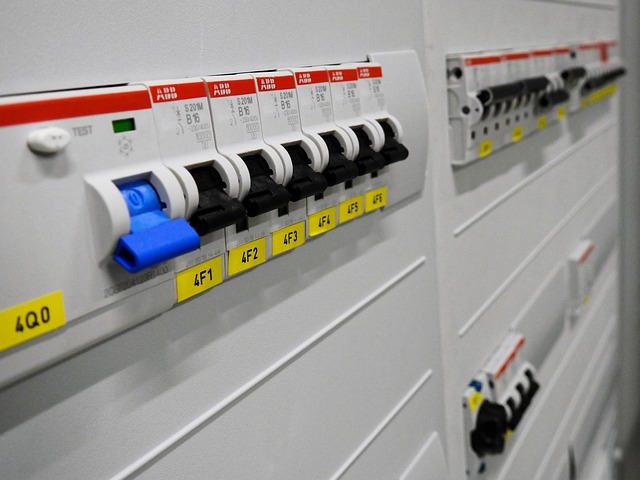LED lighting has revolutionized illumination, offering energy efficiency and longevity compared to traditional bulbs. Electricians should understand LED technology for safe installation. Preparation, including securing access and wearing safety gear, is vital before installing LED fixtures. This guide provides step-by-step instructions for a professional installation. Energy-efficient LEDs reduce electricity bills by up to 80% and last 25 times longer than incandescents. Electricians must address compatibility issues and stay updated on industry standards for successful LED lighting installations.
“Transform your space with energy-efficient LED lighting—a smart choice for both homes and businesses. This comprehensive guide, tailored for electricians, covers all aspects of installing LED fixtures. From understanding the technology behind LED lighting to navigating preparation and safety measures, you’ll find a step-by-step process for successful installations. Explore the numerous benefits of LEDs and be equipped with troubleshooting tips for common challenges. Elevate your skills and embrace the future of lighting.”
- Understanding LED Lighting: A Brief Overview
- Preparation and Safety Measures for Installation
- Step-by-Step Guide to Installing LED Fixtures
- Benefits of Energy-Efficient LEDs
- Common Challenges and Troubleshooting Tips for Electricians
Understanding LED Lighting: A Brief Overview
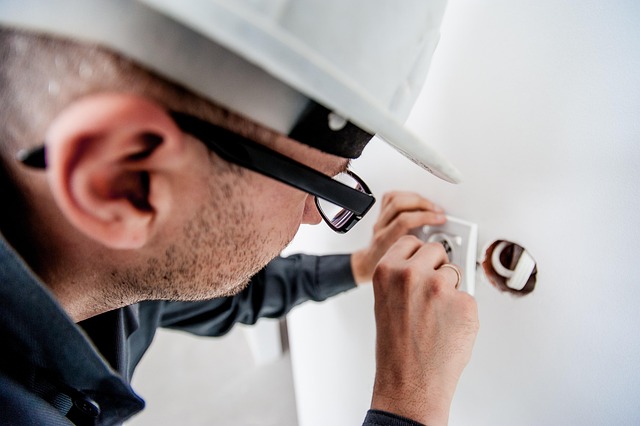
LED lighting has revolutionized the way we illuminate our spaces, offering a sleek and energy-efficient alternative to traditional bulbs. As an electrician, it’s essential to understand the benefits of this technology. LED stands for Light Emitting Diode, a solid-state component that produces light when an electric current passes through it. This design contrasts with incandescent bulbs, which heat up a filament to produce light, making LEDs significantly more durable and longer-lasting.
One of the most significant advantages of LED lighting is its energy efficiency. These fixtures consume up to 75% less energy than incandescent bulbs, translating to lower electricity bills for homeowners and businesses. Additionally, LEDs have a much longer lifespan, often lasting 25 times longer than traditional bulbs, reducing replacement costs and minimizing waste. This makes them an attractive option for those seeking sustainable and cost-effective lighting solutions.
Preparation and Safety Measures for Installation

Before an electrician begins installing new lighting fixtures, especially energy-efficient LEDs, thorough preparation and safety measures are paramount. This includes ensuring proper access to the installation area, clearing any obstacles that might impede the process, and identifying the exact locations for each fixture. Safety gear, such as gloves, eye protection, and a hard hat, should be donned by the electrician to prevent accidents during work. Additionally, it’s crucial to turn off the main power supply to the circuit being worked on to avoid any electrical hazards. Proper preparation not only facilitates a seamless installation but also safeguards both the electrician and the property.
Step-by-Step Guide to Installing LED Fixtures
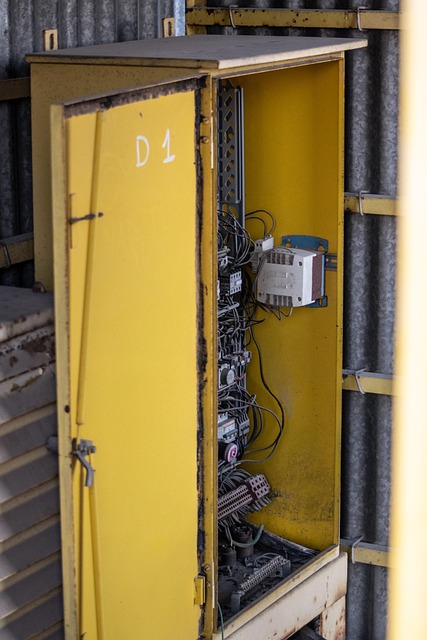
Installing LED fixtures can be a straightforward process, especially with the right guidance. Here’s a step-by-step approach to help you tackle this task like a professional electrician.
1. Preparation: Start by gathering all necessary tools and materials, including your new LED fixtures, appropriate light bulbs (if not already included), screws or fasteners, wire connectors, and safety gear like gloves and goggles. Ensure the area is well-lit and free from obstructions for a safe working environment.
2. Turn Off the Power: Before beginning any electrical work, it’s crucial to disconnect the power source. Locate the circuit breaker responsible for the fixture’s power supply and switch it off. Test the circuit with a voltage tester to confirm there’s no residual electricity. This step is critical for your safety as it prevents electric shocks.
3. Remove Existing Fixtures: If you’re replacing old lighting, carefully remove the existing fixtures by unscrewing any mounting hardware. Take note of how the wires are connected and their positions for easy reinstallation later.
4. Prepare Wiring: Identify the wire connections for power, neutral, and ground (if applicable). Strip a small portion of the insulation from these wires to expose the conductive parts. Ensure the wiring matches your circuit’s requirements.
5. Connect Wires: Attach the new LED fixture’s wires to the corresponding circuit wires using wire connectors or screw terminals. Follow the manufacturer’s instructions for proper connections, ensuring each wire is securely fastened.
6. Mounting: Position the LED fixture according to your design or layout preferences. Secure it firmly with screws or the provided fasteners, ensuring it’s level and stable.
7. Final Checks: Once installed, test the new fixture by switching on the circuit breaker. Verify that the LED lights up without any issues. Check for any loose connections and tighten as needed.
Benefits of Energy-Efficient LEDs
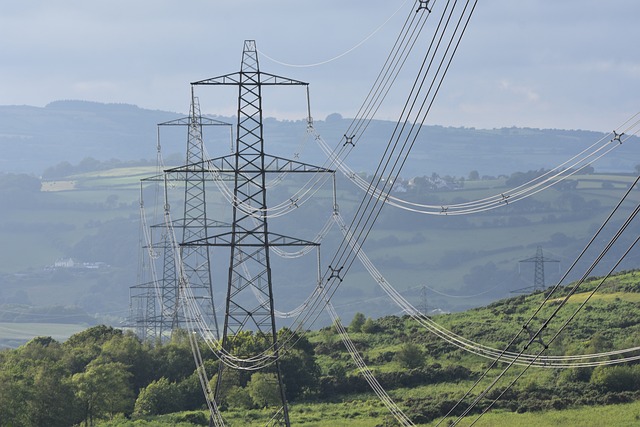
Energy-efficient LED lighting is a game-changer in the field of home and commercial electrification. When installed by a qualified electrician, LEDs offer numerous advantages over traditional incandescent bulbs. One of the most significant benefits is their exceptional energy efficiency, consuming up to 80% less electricity while delivering comparable or even superior light output. This results in substantial cost savings for homeowners and businesses alike.
LEDs also boast an incredibly long lifespan, typically lasting 25 times longer than conventional bulbs, reducing the need for frequent replacements. Their durability and resistance to harsh conditions make them a reliable choice for various environments. Moreover, LED technology allows for precise light control, enabling electricians to create custom lighting designs that enhance ambiance and energy conservation.
Common Challenges and Troubleshooting Tips for Electricians
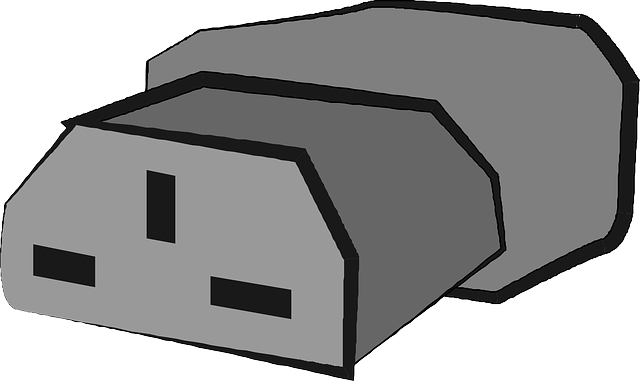
Installing lighting fixtures, especially energy-efficient LED options, is a task that requires skill and attention to detail. Electricians often face several challenges when working with modern lighting systems. One common issue is compatibility; older electrical setups might not be designed to handle the specific current requirements of LED bulbs, leading to potential flickering or even damage to the fixtures. Electricians need to ensure they have the right equipment and knowledge to match the lighting technology with suitable wiring and components.
Troubleshooting tips are essential tools for electricians. When faced with an LED light not functioning, a systematic approach is vital. Start by checking power supply connections; ensure switches and circuits are working correctly. LED bulbs are known for their longevity, but they can fail due to external factors like incorrect installation or damage during handling. Inspecting the fixture’s physical connection and ensuring proper grounding can prevent many such issues. Regular training and staying updated with industry standards will empower electricians to tackle these challenges effectively.
